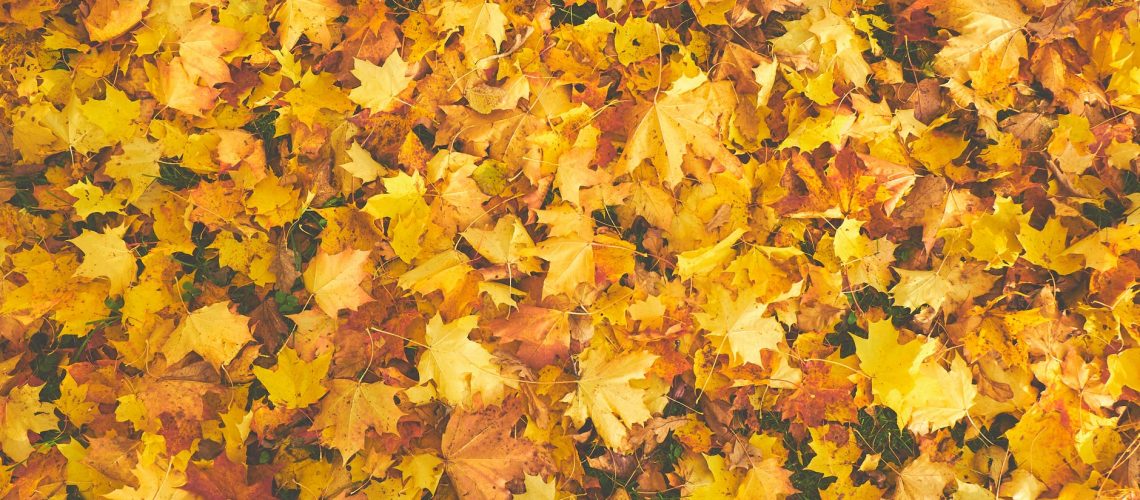Living in Norwalk during the fall becomes a noisy time of year. Long gone are the days that weekends meant dragging a rake through the lawn. Instead, it’s a daily drone of leaf blowers and lawnmowers furiously operating at all hours in effort to chase away autumn’s leaves. The thing is, experts are making the media rounds and sharing the news that maybe this is the year you don’t get rid of all the leaves.
According to USA TODAY, you can save the planet and care fr your lawn by simply letting some of the leaves if not all, in your yard on the ground where they dropped.
How do leaves help?
USA TODAY interviewed David Mizejewski, a naturalist at the National Wildlife Federation, who said that leaves actually provide nutrients to your lawn. And that they work as a natural weed killer.
“The leaves fall around the root zone of these plants, where they do things like suppressing weeds or other plants from growing that that would otherwise compete with the trees and the shrubs,” Mizejewski said. “They slowly break down and compost right there at the base of the of the tree of the shrub, right above its root zone, where they return nutrients that the plant can then recycle and reuse next spring,”
If you think about it, mowing the leaves on your lawn will cut the leaves and make them more easily break down which end up giving key nutrients to your grass. There are even composting lawnmower settings designed for this purpose.
Saving the planet, huh?
Landfills account for somewhere around 10.5 million tons of yard trimmings,according to data from the U.S. Environmental Protection Agency. And that means more methane gas is released into the atmosphere.
Mizejewski said, “At this time of year, unfortunately, a huge volume of leaves just go sit in those landfills and produce all this terrible greenhouse gas. The more we can keep that organic material out of the landfill, the better.”
So the next time you think of collecting every leaf in your yard, think about the planet. Or at least your lawn. Or maybe the neighborhood. The other benefit to leaf management that includes leaving the leaves on the ground especially around the roots of the trees and other plants is that there’s an entire ecosystem of tiny critters that live off those leaves. Think of earthworms that aerate your lawn, and depending on your location, the salamanders, toads, moles, and chipmunks that can live in leaf layers. And those small invertebrates are bird food.
Be a good neighbor
Think about how you felt when the storms swept through this summer and flooded your property in places where it never flooded before. Well if you were planning to blow leaves from your yard into the street that can disrupt drains and local waters. Leaves can clump and gather blocking key storm drains and prevent water from moving off the streets and driveways.
Leaves can also end up in streams and rivers where drains lead. That can disrupt the ecosystem for the critters that are water-dependent.
All the leaves?
A rule of thumb is that if the leaves on your lawn are forming a mat over your grass, you can cull the amount down a bit. maybe move them to a garden bed, or into a pile where they compost themselves on their own. Especially in areas where you have weeds or unwanted plants growing. For more on what to do with leaves, check out Old World Gardening.

